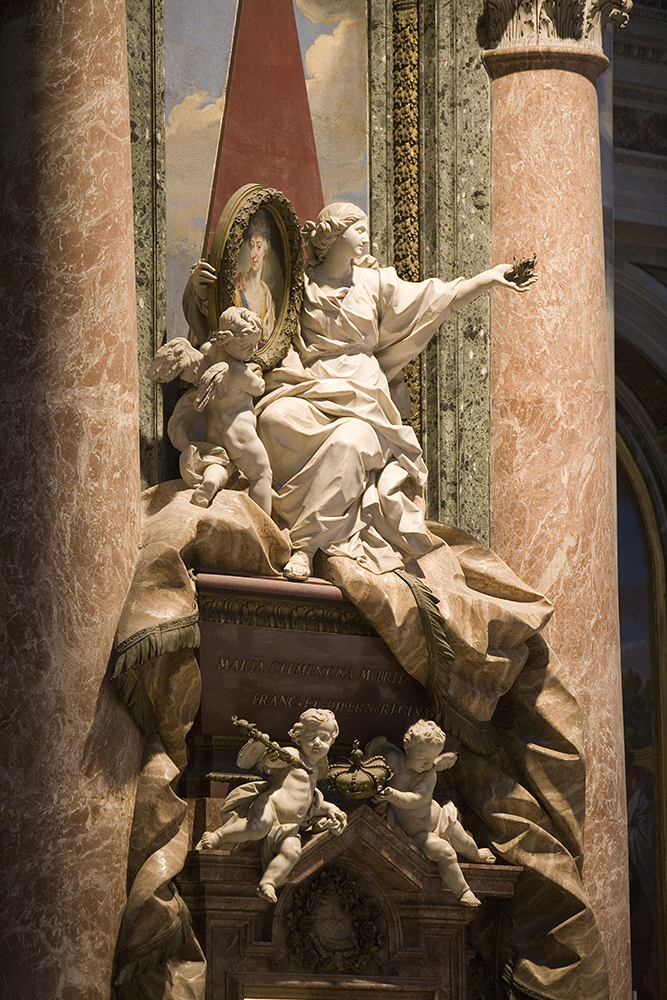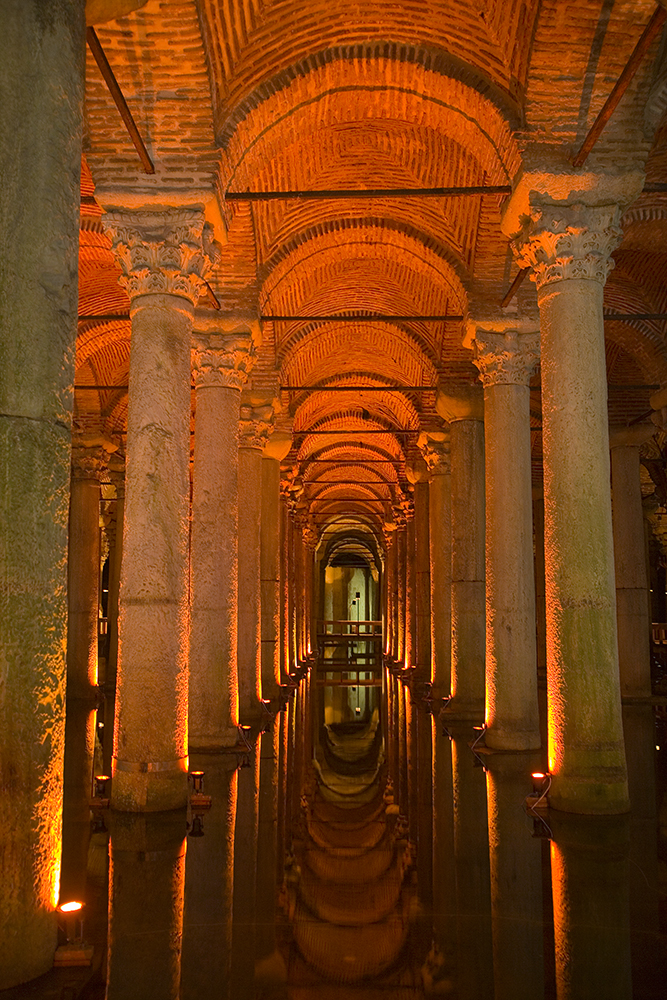By Jim Zuckerman
One of the frustrations that photographers face when traveling is the prohibition against using a tripod. Virtually all museums and many castles, palaces, and some archeological sites have strict rules against using tripods. Indeed, now there are many outdoor areas in which municipalities restrict tripod use.
In India, for example, many of the famous ruins as well as some of the great architectural wonders like the Taj Mahal prohibit the use of tripods. This I true even if you are shooting outdoors where you can’t interfere with other tourists or damage anything valuable should someone inadvertently kick the tripod over. In London, you are not allowed to use a tripod outdoors on a public walkway around the London Eye and also around the ultra modern government buildings near the Tower Bridge. In the Vatican, the spectacular St. Peters Basilica has somber lighting, and tripods are prohibited. In Turkey, I was denied permission to use a tripod in the abysmally dark ancient cistern in Istanbul. Historically preserved sites in the U.S. such as Southern plantation homes, have similar rules. In public transportation facilities like airports, train stations, and even bus stations, I’m sure if you tried using a tripod you’d be quickly stopped by someone in uniform.
Another solution is to use an image-stabilized lens, and this works well down to around 1/10th of a second. I took sharp pictures in the Vatican with my 70-200mm f/2.8 IS lens at 1/10th of a second, but slower than that it would be miraculous to get a sharp picture.
Fast lenses help in low light interiors. Canon has an 85mm f/1.2, for example, but few photographers travel with one of these. A fast lens for most of us is an f/2.8, and that’s not fast enough for many situations where the light is muted. If you want a significant amount of depth of field by using a small aperture, you can forget it. This reduces the light too much to hand hold the camera.
I found a solution to this vexing problem when I was leading a photo tour to Turkey. It occurred to me that when people prohibit the use of tripods, they never say ball heads are not allowed. In an ancient Istanbul used by the Byzantines for water storage 1500 years ago, the light level was extremely low. The entire interior consisted of a large pool of water with carved columns in long rows that were artfully illuminated. No tripods were allowed, of course. It was just too dark to get sharp pictures – even at 3200 ISO – and depth of field was simply out of the question.
The floor was concrete and there were solid railings as well. The base of all ball heads is flat, so I can placed the flat bottom against the the top of a railing and applied a continuous amount of pressure, holding the ball head against the solid surface. I used both hands to push it against the immovable surface, and in order to do that I used the self-timer on the camera to minimize vibration as well as to free up one of my hands. With the continuous pressure, and with a surface that isn’t going to move, you can use long exposures without introducing even the smallest amount of blur. This also enables you to use a small lens aperture like f/16 for extensive depth of field. Some of my exposures in the cistern were as long as 15 seconds. In some cases, I used the floor to steady the camera and ball head, and to see through the viewfinder I had to lie on the floor (I didn’t have a right angle viewfinder with me). This was done right in front of the guards, and since I wasn’t using a tripod, they said nothing. The pictures turned out tack sharp, and I was able to use a low ISO (I chose 400) as well as any lens aperture I wanted.
The ball head is still functional, so you can angle the camera for any type of composition. I do suggest getting a 90 degree angle finder for those times when you will be shooting from the floor. Instead of looking into the viewfinder horizontally, as you normally do, you can look down into the eyepiece. This will save your neck and allow you to compose the picture from a kneeling position rather than lying on the ground.
If it’s not feasible to use the floor because you can’t get the type of composition you want or there are too many people in the way, you can also use a wall to support the ball head. The key is too keep the pressure against the camera and the head so there is absolutely no movement.
Jim Zuckerman has been a photography educator for 40 years. You can see more of his work, as well as a listing of his ebooks, webinars, and photo tours at jimzuckerman.com.





